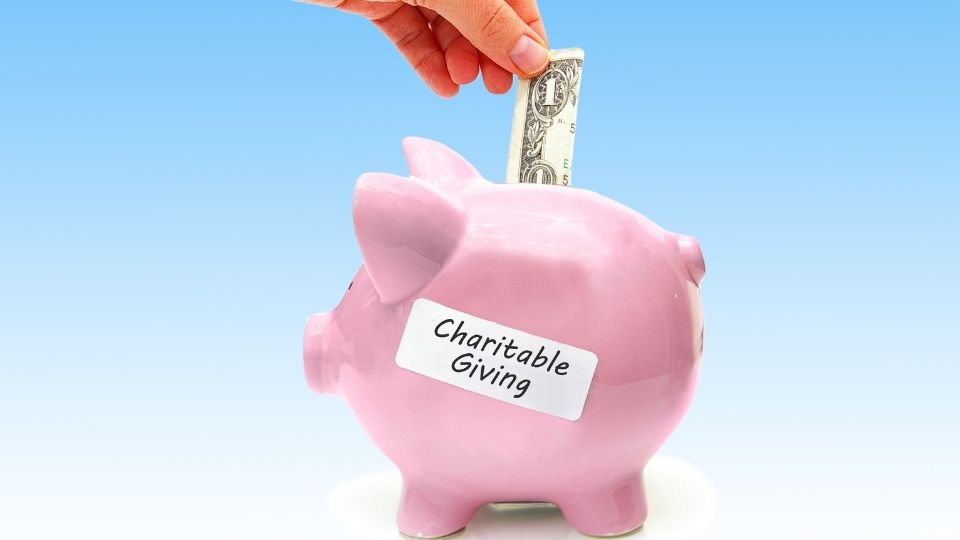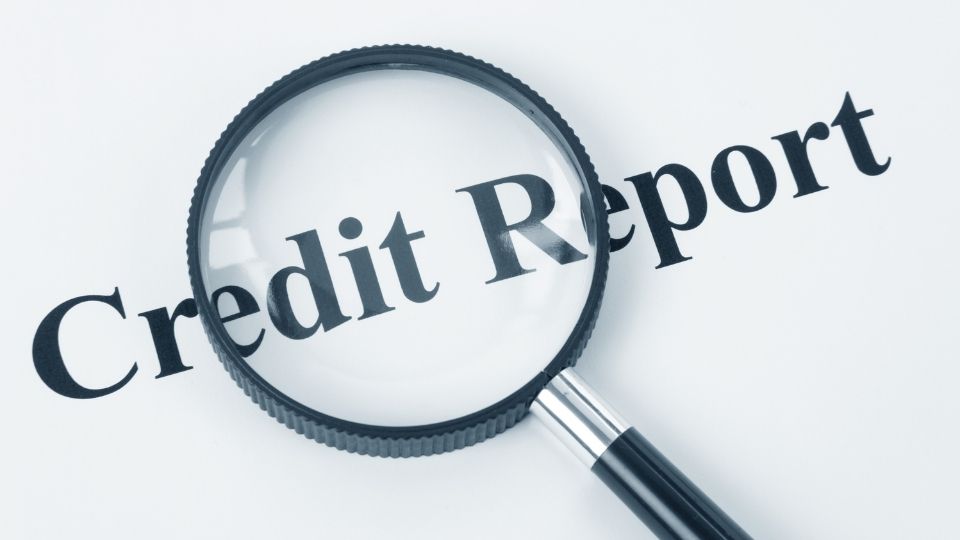Emergency Cash Stash

Having a stash of emergency cash in your home is an important part of emergency preparedness. Scenarios such as a natural disaster, a national catastrophe, or a real-life family emergency will make you appreciate those dollars you have safely tucked away. Although credit and debit cards are convenient, a back-up cash stash is necessary in an emergency. A true emergency will usually require you to have money, often cash, to survive (“Financial Preparedness,” 2014).
Just in case the electricity is knocked out for several days, your local bank and grocery store might resort to a cash-only policy because credit card machines and ATMs won’t work. Occasionally, in natural disasters, banks are unable to open their doors to the public due to flooding, building damage, or their security being compromised by an earthquake, etc. (“Families Can Prepare,” 2016).
Another good reason to store cash in your home is if your credit card is stolen or lost. You might have to rely on cash for gas and food until a new card can be issued (Sisolak, 2014).
How much cash do I need to have on hand?
The size of your Emergency Cash Stash is dependent on you and your potential emergency. To estimate how much money you will need to access immediately is to imagine yourself in a real emergency. How much cash would you need for food and gas? Would you need cash to pay for a motel if you have to evacuate to another city? What type of a family emergency would require you to dip into your tucked away dollars and quarters? Emergencies will and do happen. It’s just part of life. Having cash to help you through these emergencies can prove to be invaluable (“Families Can Prepare,” 2016).
Also consider how many people you are responsible for in case of an emergency. Are you going to need to travel very far to get to your evacuation area? How many motel rooms might you need to rent? By counting heads ahead of time, you will be able to estimate the cost of paying for an evacuation using cash (“Families Can Prepare,” 2016).
How do I get started?
Make establishing an Emergency Cash Stash a priority! Start small with $20 in coins and bills. Add to it every month. Make it a line item in your monthly budget. If you are expecting an income tax refund, use a portion of it to get started. Or – use the refund to fund the entire amount of cash you feel you need. Opt for lower denomination bills, especially $1 and $5. In an extreme emergency or disaster, you may have to pay huge amounts for even a bottle of water. If you have smaller bills, you will probably be able to pay less because the person selling the water will be more likely to have change. Rolls of quarters can also prove to be valuable to have in your stash for making change and even bartering for other needed items (Swanson, 2011). If you are putting together 72 Hour Kits for each person in your family, you might want to consider putting some cash in each kit. In case of separation during an evacuation, you will want to make sure everyone has access to some small bills and coins.
No borrowing from your Emergency Cash Stash when you need some money! This cash is to be left alone so it’s available when you need it (Swanson, 2011).
Is my cash safe?
Most of us don’t feel comfortable stashing large amounts of cash in our home. The threat of theft or fire is always a concern. Fire-proof envelopes are available for purchase online (Sisolak, 2014).
Another concern is forgetting where you stashed the cash! Always write down your hiding places and leave the list with your estate planning materials such as your will or trust. Show and tell a few close relatives or trusted friends where you have hidden your cash (Knerl, 2008).
Safeguarding your stash of cash is extremely important. Essentially, you have created your own little bank within the walls of your home. Check with your home owners insurance to see if it insures cash money lost in a fire or burglary (Knerl, 2008).
Cash stored at home is not protected by the FDIC. (Federal Deposit Insurance Corporation). The FDIC is an independent agency of the United States government that protects you against the loss of your insured deposits if your bank or credit union fails. FDIC is backed by the full faith and credit of the U.S. government by $250,000 per person, per bank (“Understanding Deposit Insurance,” 2016). You will want to weigh the risk of storing cash in your home and having the convenience of having it close in an emergency – to losing the cash in a fire or theft.
Where should I hide my cash stash?
Recommendations for safe-storing and hiding of cash are plentiful. By doing a quick search on the internet, you will find a multitude of decoys or diversion safes. These look like everyday items that you store on your shelf. However, upon closer inspection, they are empty – and waiting for you to stash your cash inside. Such containers include but are not limited to paint cans, soda pop cans, surge protectors, coffee cans, lint rollers, wall clocks, stacks of CDs, athlete foot spray, electrical outlet covers, glass cleaner, and room deodorizer.
For a less expensive decoy safe, an old hard covered book will also work great! Just cut out the middle section of the pages with a razor blade or pen knife. Stash your cash in the hole you just created. You can glue the book shut, but that’s optional. Put it back on your book shelf. Don’t forget to grab it on your way out the door to the evacuation site! Just remember that many of these decoy safes are not fire-proof.
According to emergency preparedness experts, the best place to store your cash stash is in a small waterproof and fireproof safe bolted to the floor. These can range in price from $25.00 to $3,000. For less than $100 you can buy a fairly large safe. It’s best to bolt your safe to the floor of wherever you choose to store it. These fireproof safes can also be used to hold your important financial paperwork. Remember to keep a sturdy bag nearby to put your cash and paperwork in if you have to evacuate. If you are burglarized, most thieves want to grab things that are quick and fast. A locked, bolted down safe is too time-consuming for most thieves to consider (Connolly, 2008).
Can you outwit a burglar?
According to reformed burglars, there are certain places to NOT hide your cash stash. Most burglars want to get in and out of your house quickly and do not want to attract attention. They will look for your prescription medication, so don’t hide money in an empty medicine bottle. They will look under your mattresses. They will glance behind pictures and dump your dresser drawers upside down. They will frisk the clothing in your closet to find the $100 that you hid there. They will check in the tanks of your toilets. Depending on time, they will empty your flour canister, take your jar of change, and check out the fridge and freezer. They will concentrate their time on the bathrooms, kitchen, home office, family room, media room. Therefore, find other locations to hide your cash such as the utility/laundry room, basement, or garage (Connolly, 2008). For example, hide cash in a glass cleaner decoy safe in the utility room. Hide cash in a box of Christmas decorations in the garage in a fireproof bag. Stash some cash in an empty VHS tape plastic canister and then in the original box. Put it on the shelf with the other outdated VHS tapes. Burglars won’t waste time on VHS tapes. They just want DVDs.
Conclusion
With just a little pre-planning and budgeting, you can have an emergency cash stash hidden in your home for a disaster or rainy day! This will provide a sense of relief and security that you have a back-up plan in case you are unable to access your other funds for various reasons (“Financial Preparedness,” 2014).
References
- Families Can Prepare for Disaster with Financial Planning (September, 2012). Retrieved from http://redcross.org/news/article/families-canprepare- for-disaster-with-financial-planning
- Financial Preparedness (2014). Retrieved from http://www.ready.gov/FinancialPreparedness. Official website of the Department of Homeland Security
- Connolly, K. (2008, August). Where to hide emergency cash in your home. Retrieved from http://practialhacks.com/where-to-hideemergecy- cash-in-your-home/
- Knerl, L. (2008, December). The best and worst places to stash cash in your home. Retrieved from http://www.wisebread.com/the-best-andworst- places-to-stash-cash-in-your-home
- Sisolak, P. (2014, September). Here’s how much cash you will need in a national emergency. Retrieved from http://www.gobankingrates.com/savingsaccoun t/how-much-physical-cash-need-hand-casenational- emergency/
- Swanson, W.S. (2011, September). Are you prepared for a natural disaster? Retrieved from www.parents.com/parenting/betterparents/ advice/emertency-preparedness/
- Understanding Deposit Insurance (April, 2016). Retrieved from http://www.fdic.gov/deposit/deposits%20%20 Official website of the Federal Deposit Insurance Corporation
Authors
Adrie J. Roberts
Related Research








